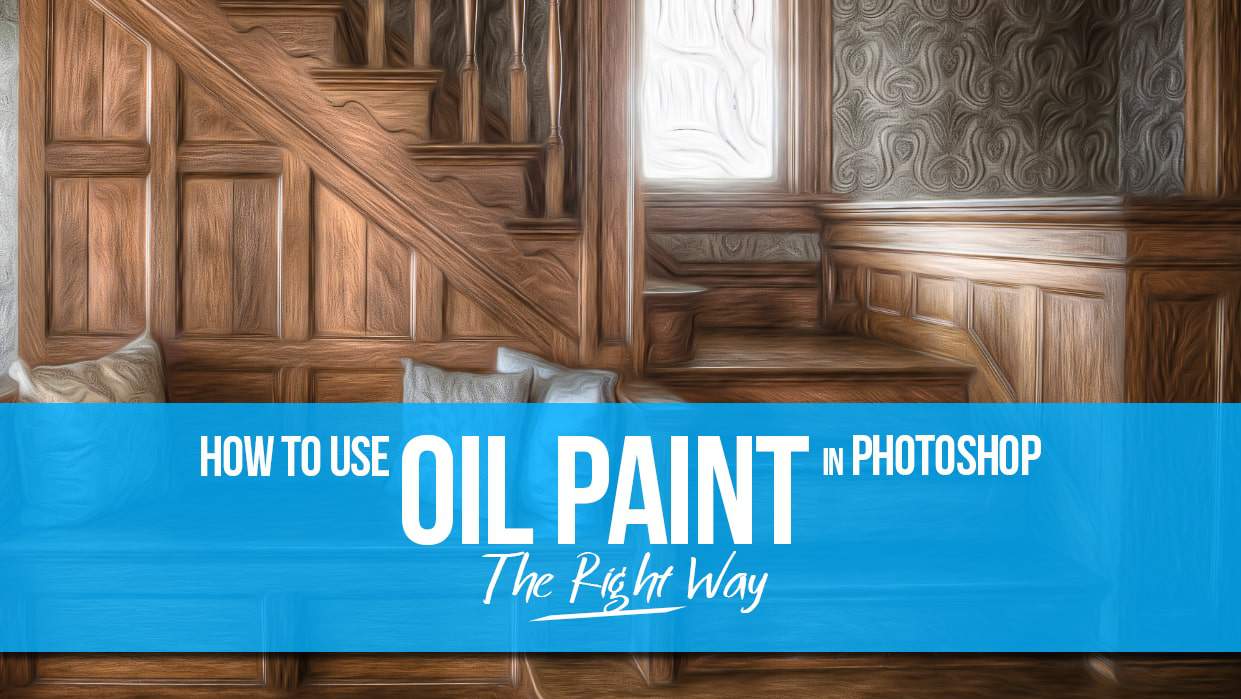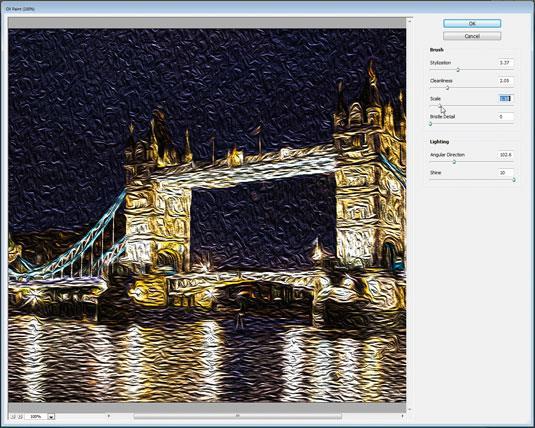

And while a Photoshopped oil painting effect may not fool any professional art dealers or ever hang on a gallery wall, turning one of your photos into an oil painting is still lots of fun, and the results can look very impressive. But thanks to Photoshop and its Oil Paint filter, I don't have to be! I can still pretend I'm the next Vincent van Gogh without a shred of real-world evidence to support it. And if you saw anything I've tried to paint, you'd be the second to admit I'm not a painter. Now, I'll be the first to admit that I'm not a painter. Thankfully, as of the November 2015 Creative Cloud updates, the Oil Paint filter is back! And even though it's essentially the same filter that it was back in CS6 (which isn't a bad thing), the CC version now sports a much smaller, less intimidating dialog box that makes using it seem easier than ever. But for whatever reason, it disappeared in the initial release of Photoshop CC. Graphics processor acceleration requirements: OpenGL 2.The Oil Paint filter was first introduced as an official filter in Photoshop CS6.

Monitor resolution: 1024 x 768 display (1280×800 recommended) with 16-bit color and 512 MB or more of dedicated VRAM 2 GB is recommended.Hard disk space: 3.1 GB or more of available hard-disk space for 64-bit installation additional free space required during installation (cannot install on a volume that uses a case-sensitive file system).RAM: 2 GB or more of RAM (8 GB recommended).Operating system: Microsoft Windows 7 with Service Pack 1 (64-bit)*, Windows 10** (Version 1709 or later).Processor: Intel® or AMD processor with 64-bit support* 2 GHz or faster processor.

Minimum system requirements for Photoshop Windows


 0 kommentar(er)
0 kommentar(er)
